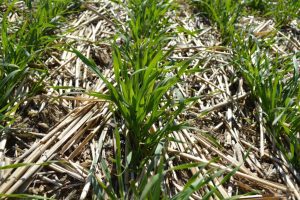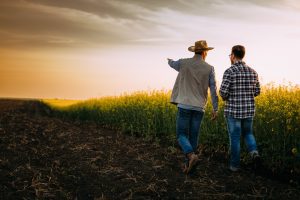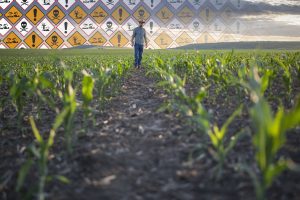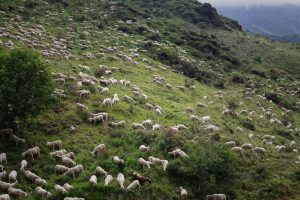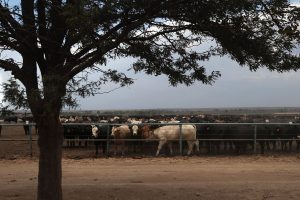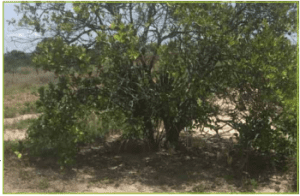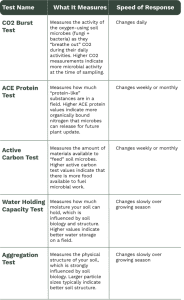Source: This post was originally published on Green Cover
Earning the right
“You need to earn the right to grow cover crops because you need to save the water before you can use it”
The conditions of Australia are not unlike those of much of the western United States, where rainfall can be the biggest limiting factor for crop production. Tom and Cassi Robinson, sixth generation farmers on the land, are no strangers to scarce rainfall. But they are proving that regenerative practices can, and should, be adopted no matter the environment.
Starting with Water
Historically a 14-18” rainfall environment, the Robinson’s have observed that number decrease by about an inch over the last 25 years. That continues to require different management decisions. With 90% of the rainfall events happening between March 1 and November 30, the Winter season in Australia, the Robinsons have to make use of every drop during the cash crop season to prepare for the summer cover crops during December, January, and February. Tom didn’t begin the path toward regeneration with a 12-way grazing cover crop mix, and he didn’t eliminate synthetic fertilizers in the first year. Rather, he is backed by many generations of good soil stewards and pioneers of the soil conservation practices. The land, previously shrubland, was converted to crop ground when Tom’s Scottish and English ancestors arrived. Eventually, they adopted no-till farming. Equipment such as a disc seeder and a stripper header allowed more crop residue to be left on the surface, creating food and shelter for the increasing population of microbes in the soil. “You need to earn the right to grow cover crops, because you need to save the water before you can use it.” In this low-rainfall environment, water utilization is critical. Before Tom began planting cover crops, the farm went years with little to no physical disturbance, which increased the soil’s water holding capacity. Tom and Cassi currently grow lentils, barley, canola, field peas, faba beans, chickpeas, and linseed as cash crops during the winter months, March-October. A mild climate, in which they generally don’t receive any snow, enables what is basically an all-year growing season. A multi-species cover crop during the summer months (November-March) may include sorghum, millet, lab lab, sunflowers, mung beans, and cowpeas. An additional piece to the puzzle, and Cassi’s personal favorite, are the cattle on the operation.
Staying Flexible
After wondering for a few years how best to utilize the cover crops, the Robinson’s introduced a stocker herd to the farm. Tom says “When Cassi entered the scene in 2015, she wanted a cow. And I said if you’re going to have one, you might as well have 100!” Being flexible, especially with the cattle herd, is a key to success. “We have a portable trough, portable water, portable yards, portable cattle crush, portable ramp, portable trailer, and a single strand hot wire, so we’re extremely flexible in our cattle operation.” Maintaining a flexible operation and mindset allows the Robinson’s to pivot quickly and recover swiftly when the inevitable bad decision comes around.
Picking Your Battles
While many people like to build a picturesque utopia in their mind of regenerative agriculture, Tom is quick to correct that. “The regenerative method is not easy. It is not a set and forget system.” It requires more management, more observation, and more critical thinking. For example, Tom and Cassi saw this first hand this past year when they were dealing with disease pressure in a particular field. “Last year was not a battle to be fighting. There was disease all around us. We didn’t quite get the crop nutrition just right. We had disease coming in and we didn’t fix it. Now for us, we learned our lesson.” Because they don’t use chemicals unless absolutely necessary, the Robinson’s were trying to avoid using fungicide on a particular field. They decided not to spray fungicide even though the plants were experiencing significant disease pressure, and the yields suffered. Moving forward, they plan to focus first on plant health and nutrition. Ultimately, the Robinsons have decided that they will treat a sick plant if it needs treatment. Just as any good livestock producer would treat a sick cow or calf. This management method is starkly different from the traditional “spray just in case or treat just in case” mentality. The Robinson’s are trying to minimize disturbance while also achieving the highest level of plant and animal nutrition.
Building a Team
Additionally, the Robinson’s stressed the importance of building relationships to establish a team of people to form a support system. The agronomist, banker, grain trader, family, and even strangers at conferences with a nugget of wisdom to share, those people form an interwoven network of knowledge, expertise and friendship. The Robinson’s just finished up a two-year process of transitioning the farm from the previous generation (Tom’s parents) to Tom and Cassi. Though taking longer than originally planned, this process offered Tom and Cassi the opportunity to take the reins on management decisions, while Tom’s parents were still able to be a significant part of the operation, helping with farming tasks they enjoy doing and having the flexibility to take vacations when they want.
Tom and Cassi’s management decisions are continuing their family’s legacy of taking care of the land. They’ve earned the right to grow cover crops, even in a low rainfall environment, and their soil is better for it.
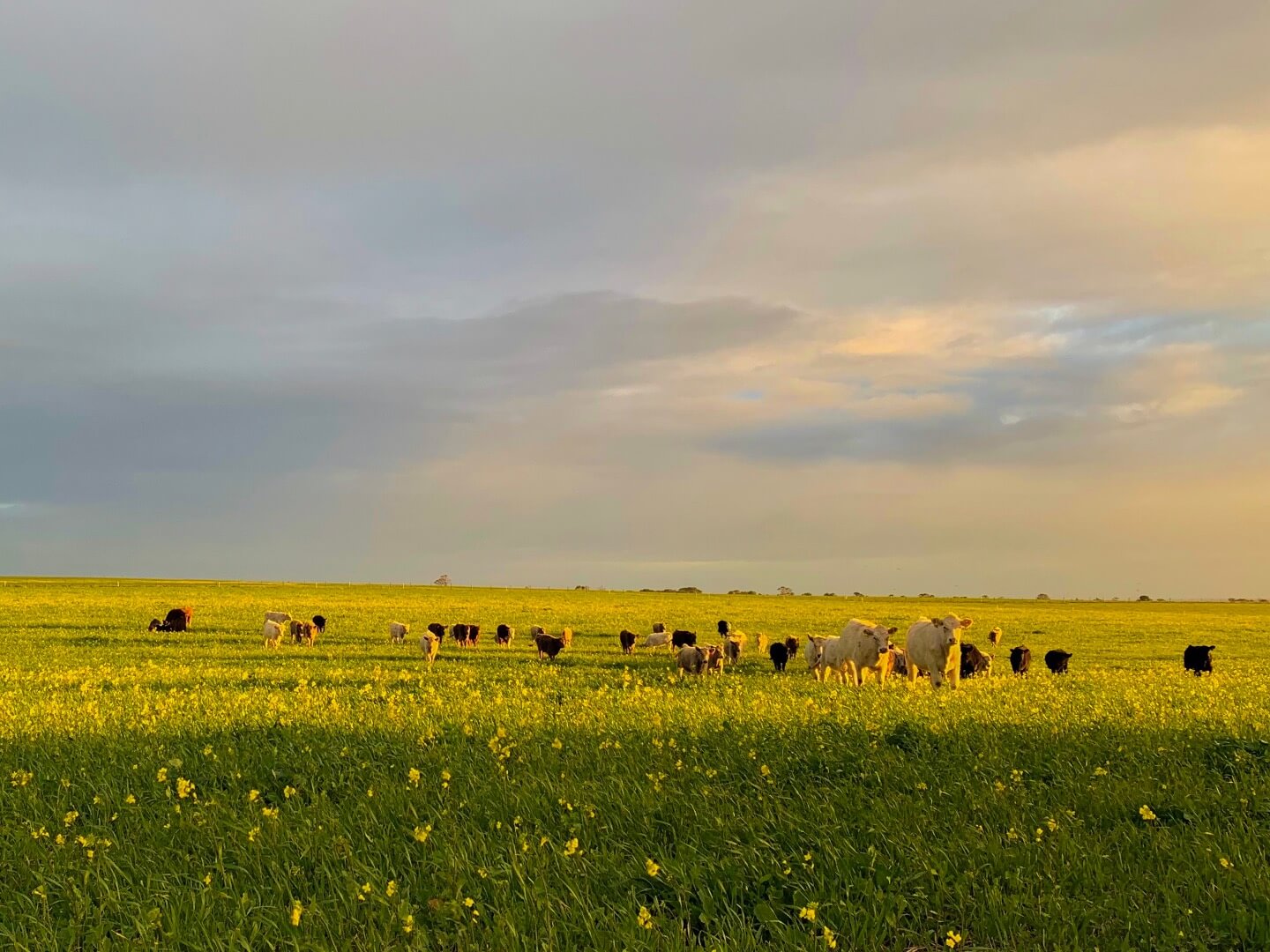
This article first appeared in the 10th Edition of Green Cover’s Soil Health Resource Guide.
Dive into over 90 pages packed with scientific articles and fascinating stories from soil health experts, researchers, farmers, innovators, and more! All as our complimentary gift to you, a fellow soil health enthusiast!






